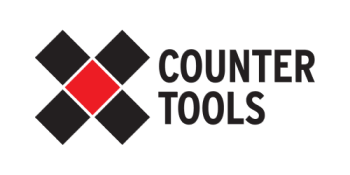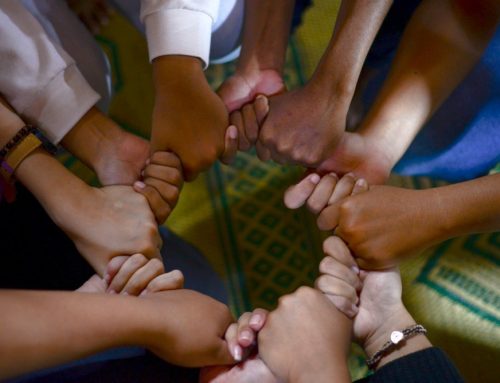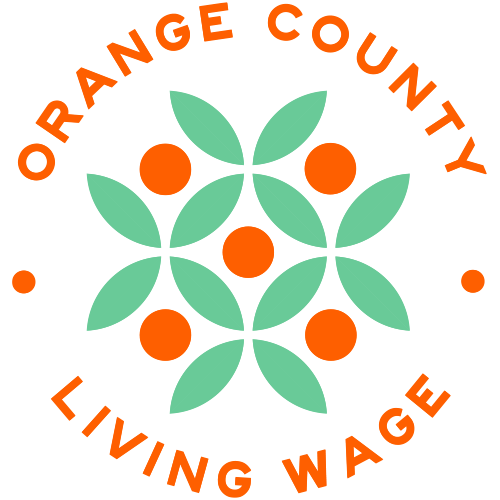For people with disabilities, barriers can make it difficult to function in day to day life. We recognize that being more inclusive is strongly tied to our stance on equity, diversity and inclusion. Over the past year we have been assessing our software tools and websites and implementing changes that improve accessibility.
Our work focuses on health disparities and working towards health equity for all. When a person’s functional needs are not addressed in their physical and social environment, this creates a barrier that can have a great impact on their day to day life. Data shows that people with disabilities are more likely to have poorer overall health, less access to adequate health care, and are at increased risk for preventable health problems. These differences in health outcomes are related to systemic disadvantages, such as socioeconomic factors, which are not primarily caused by the underlying disability. The COVID-19 pandemic has exposed further inequities as hospitals at capacity have made care decisions that discriminate against people with disabilities.
While there are many types of barriers that can affect a person’s ability to function, we are currently making efforts in our work to address communication barriers. These are experienced by people who have disabilities that affect hearing, speaking, reading, writing, and/or understanding, and who use different ways to communicate than people who do not have these disabilities.
Over the past year we have been assessing our software tools and websites and implementing changes that improve accessibility. Many local governments and organizations that we work with have adopted the federal law that requires all electronic and information technology be accessible to people with disabilities. In addition to meeting requirements, we recognize that being more inclusive is strongly tied to our stance on equity, diversity and inclusion, and celebrate that the internet was designed to create equal access for all. Tim Berners-Lee, W3C Director and inventor of the World Wide Web, stated that “The power of the Web is in its universality. Access by everyone regardless of disability is an essential aspect.”
We have already assessed our sister site, CounterTobacco.org, and are in the final stages of meeting compliance with Web Content Accessibility Guidelines (WCAG) 2.1, which defines how to make Web content more accessible to people with disabilities. Besides adhering to specific web standards, we understand that people learn in different ways, such as visual charts or graphics, data tables, or written or audio descriptions of information, and are incorporating multiple methods for understanding. Accessible web design often results in a better experience for all users, delivering a more intuitive user experience, with varied and flexible ways for users to interact with websites. We’re also aware that public health communication may use technical terms that are not accessible to everyone, including those with cognitive impairments, and are continually reevaluating language we use to share our knowledge and insights.
Besides our websites and software tools, we are also ensuring other types of materials are accessible, such as PDFs, PowerPoints, our podcast, and more. Incorporating accessibility is an important priority for us and we will continually look for ways to improve our own work and find ways to help our partners achieve their accessibility goals.





